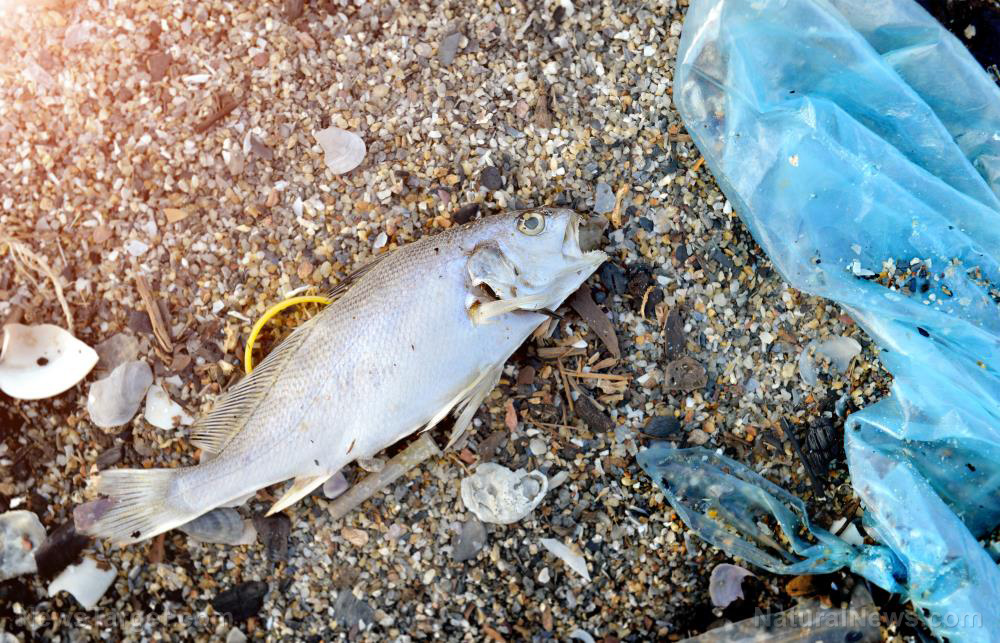
A caterpillar called the gum-leaf skeletonizer makes a tall hat out of its discarded heads to ward off predators. This two-centimeter Australian catterpillar is known for stacking its molted heads instead of discarding them. This creates a horn-like structure that protects the caterpillar from stink bugs and other predators.
The creature has the scientific name of Uraba lugens and is also called the unicorn caterpillar or the “mad hatterpillar” due to the unique tower on its head.
Caterpillar fends off attackers with tower of heads
The gum leaf skeletonizer feeds on eucalyptus leaves. It got its name from its habit of "skeletonizing" leaves by eating only the leaf blade, resulting in a lace-like leaf skeleton. Because a gum leaf skeletonizer has a very rigid exoskeleton, it doesn’t have much room for physical growth. As a result, it needs to let go of its old skin and grow into a new one before it can become big enough to turn into a moth. It molts up to 13 times before spinning a cocoon.
Each time the caterpillar molts, however, it keeps its old head and puts it on top of the new one. This process repeats itself until the caterpillar eventually has a horn-like projection sticking out from its main head. This tower of heads protects the bug from threats like the stink bug, a crop and garden pest that produces an unpleasant odor when threatened.
The stink bug attacks the skeletonizer by sticking a needle from its mouth through the victim’s head. But the predator hits just the tower of empty heads, leaving it confused and providing the caterpillar a small window of opportunity to escape. The structure is also used as a weapon, helping the caterpillar fend off a predator.

Gum leaf skeletonizer stings, defoliates forests
Despite its size, the gum leaf skeletonizer is not as helpless as it seems. The hair on its body stings and leaves an irritating itch upon contact. In addition, because the caterpillar eats the foliage of eucalyptus, it is considered a serious pest of natural eucalypt forests.
In Australia, the gum leaf skeletonizer is a well-known outbreak species. This means that the population of the caterpillar can explode, causing damage of plague-like proportions to natural forests. In addition, it is classified as an invasive species in New Zealand where it has been found feasting on other species of trees in addition to eucalyptus, such as birch and beech trees.
In 2011, the population of gum leaf skeletonizers spiked in the Jarrah forest in Australia, leaving many of the trees in the forest defoliated. Peter Keppel, then-regional manager of the Department of Environment and Conservation in Warren, said that the last time the caterpillars were seen in outbreak numbers was in the mid-1980s.
Fortunately, skeletonizer plagues are dealt with easily. According to Keppel, as a large number of the caterpillar munch on more trees, food becomes increasingly scarce so their numbers gradually decrease. The trees then recover as they grow new shoots. (Related: The end of plastic landfill? Researchers discover caterpillar that eats plastic; it's called a "wax worm".)
Earlier this year, a venomous bug called the puss caterpillar invaded parts of Virginia. The furry creature is covered with toxic spines that can cause intense pain, swelling, fever and even symptoms of shock when touched.
The creature is commonly found in the southern states, where it feeds on shade trees like oak, sycamore and elm. In recent months, however, there have been several encounters with the puss caterpillar in a few eastern counties in Virginia. Some residents actually had to be rushed to the hospital after coming in contact with the venomous bug.
Read more articles about weird insects at Ecology.news.
Sources include:
Please contact us for more information.






















